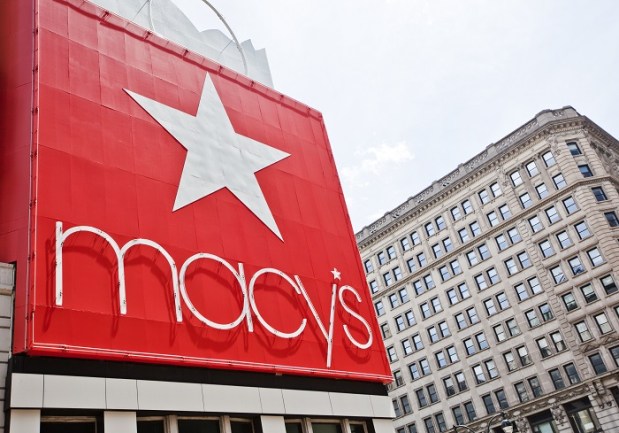Macy’s Customers Drive A Discounting Addiction

In an age when retailers fight tooth and nail to retain every customer, brands are used to offering extra incentives to sweeten the pot for reluctant buyers. Some merchants might employ sophisticated loyalty programs that track activity over time, while others in need of sales in the here and now might employ widespread discounts on their goods to ensure customers that they’re getting the best deals possible.
However, if retailers like Macy’s find themselves able to sell only heavily discounted products, they could be digging themselves into a pricing hole they can’t crawl out of.
The New York Times reported that Macy’s is currently stuck between a rock and a hard place due to sluggish fall sales. In order to clear its stores of unsold merchandise, the retailer is turning to heavy discounting measures as a way to spur more purchases. However, this may leave Macy’s with significant losses and an unclear path forward with a consumer base used to deeply reduced prices.
“We’re clearly disappointed,” Macy’s CEO Terry Lundgren said in an earnings call, according to Seeking Alpha. “We believe the retail industry is going through a tough period. We seem to experience something like this every five to seven years or so.”
However, instead of just rolling with the punches, Lundgren explained that Macy’s is pivoting to put more emphasis on its fleet of Backstage locations that feature discounts (that sometimes offer up to 80 percent off original prices). Retail Wire noted that Macy’s plans to massively expand its Backstage line, with 50 new locations built by 2018 and an additional 10 mini-Backstage locations tacked on to existing Macy’s stores.
“We have begun testing and learning from new sales growth initiatives that we believe will begin yielding incremental results in the quarters and years ahead,” Lundgren said. “This included the opening of the first five Macy’s Backstage off-price stores in the New York City metro area (with a sixth opening planned in the fourth quarter).”
Lundgren noted that the Backstage experiment has proven successful in one area: attracting millennial shoppers. However, he also told investors that the premise of Backstage stores needs to drive shoppers toward full-fledged Macy’s locations. Otherwise, the volume of discounted product the retailer will need to sell could be far above anything shoppers are willing to buy – even with deep discounts.
Not everyone is convinced that Macy’s insistence on discounted sales will work out well, and Paul Lejuez, a retail analyst with Citigroup, told The NYT that sales-dependent selling strategies miss out on a key element of the modern consumer: They don’t want to buy more Macy’s items with less money; they want to spend it on things traditional retailers can’t provide.
“The big issue is what are consumers spending money on?” Lejuez told The NYT. “They’re spending it to eat out, they’re spending it on iPhones, on Netflix and Spotify. The consumer is fine, but retailers are not.”
While the ongoing transition to an eCommerce-dominated retail market might be training shoppers to search for deals first and foremost, retailers that chase this strategy risk upsetting their verticals and inducing competitors to chase bargain basement prices, too. In the end, the race to provide the customer with the absolute lowest prices could turn into a blind sprint for sales in a competitive marketplace – regardless of these pricing strategies’ long-term viability.
Could the answer then be in selling not just products, but the addition of experiences alongside them? A number of brand-name retailers have already implemented massive design overhauls of their flagship locations, and if Macy’s wants to stay current with consumer spending habits, it might be a matter of life and death to make sure they package something else with their items.
